- Advertised capacity: 8GB
- Logical capacity: 8,053,063,680 bytes
- Physical capacity: 8,053,063,680 bytes
- Fake/skimpy flash: No
- Protected area: 0 bytes
- Speed class markings: Class 10, U1
- CID data:
- Manufacturer ID:
0x00 - OEM ID:
0x0000 - Product name:
0x534d492020(ASCII:SMI) - Product revision:
0x00
- Manufacturer ID:
| Sample # | 1 | 2 | 3 | Average |
|---|---|---|---|---|
| Obtained from | AliExpress | AliExpress | AliExpress | N/A |
| Price paid | $2.57 | $2.48 | $2.48 | $2.51 |
| Manufacture date | Nov 2015 | Sep 2023 | Sep 2023 | N/A |
| Serial number | 0x0x000007ff | 0x00000000 | 0x00000000 | N/A |
| Sequential read speed (MB/sec) | 17.94 | 17.68 | 17.87 | 17.83 |
| Sequential write speed (MB/sec) | 14.12 | 10.83 | 10.79 | 11.91 |
| Random read speed (IOPS/sec) | 1,170.16 | 1,009.59 | 1,033.61 | 1,071.12 |
| Random write speed (IOPS/sec) | 35.89 | 32.85 | 26.07 | 31.60 |
| Read/write cycles to first error | 6,111 | Not yet determined | 0 | 3,056 |
| Read/write cycles to complete failure | 6,111 | Not yet determined | Not yet determined | 6,111 |
| Total days to complete failure | 79 | Not yet determined | Not yet determined | 79 |
| Card reader used | SanDisk MobileMate | JJS CR-UTC4AC | JJS CR-UTC4AC | N/A |
| Package front | 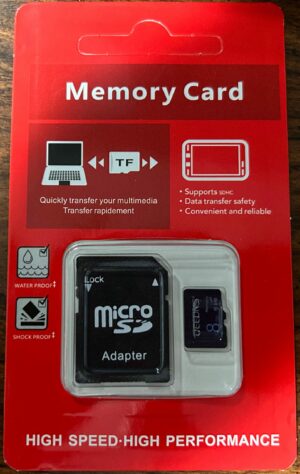 | 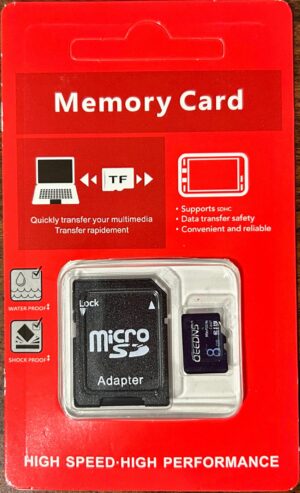 | 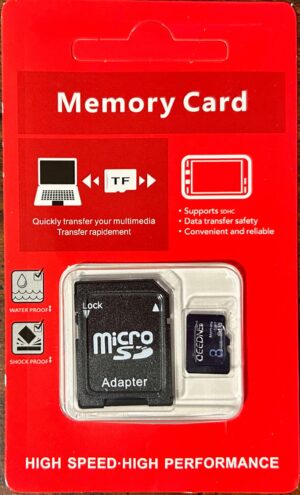 | N/A |
| Package back | 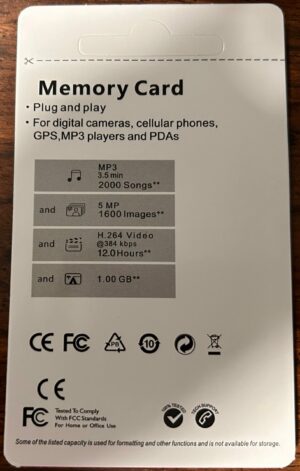 | 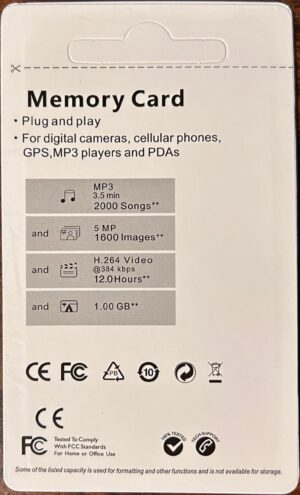 | 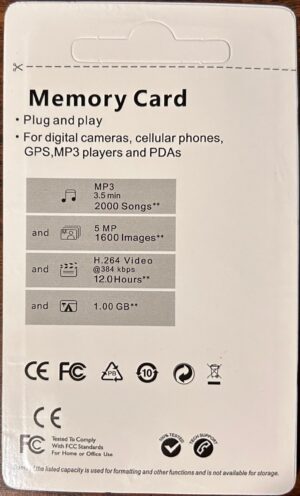 | N/A |
| Card front | 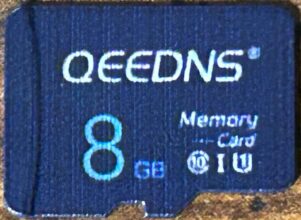 | 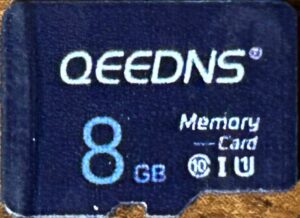 | 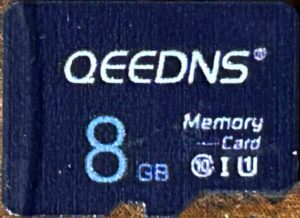 | N/A |
| Card back | 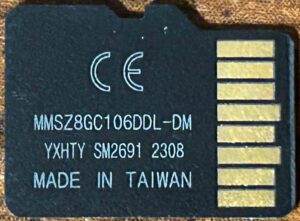 | 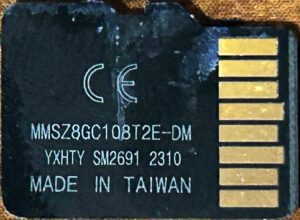 | 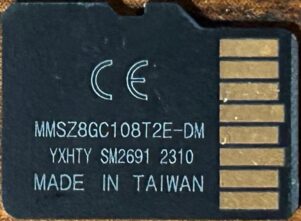 | N/A |
Discussion
QEEDNS (I’m just assuming it’s spelled in all upper-case, because that’s how it’s printed on all of their cards) is another brand that popped up with some regularity when I was browsing AliExpress. This card arrived in a generic red packaging that seems to have been shared with a few other brands, such as Auotkn, Microdrive, the knockoff Lenovo cards, SanDian, and the knockoff Sony cards. This packaging did not have any brand name, manufacturer information, the size of the card, or class markings on it — it was about as generic a package as you could get for an SD card. I think I only bought one of these because this was another case where I wanted to see if I could find fake and genuine cards from the same manufacturer — however, I purchased two more later after I made the decision to try to test three of each model.
This card had its manufacturer ID and OEM ID set to all zeroes, a trait shared by several other off-brand/knockoff/fake cards. I suspect that this was done intentionally because whoever manufactured these cards likely doesn’t want their name associated with it. Bunnie (from Bunnie Studios) used the term “ghost shift” to describe runs of SD cards that are generally run off the books and using marginal material that would normally be disposed of — and I suspect that these cards are likely a result of these ghost shifts.
Performance-wise, this card performed pretty poorly. Sequential read speeds were more than one standard deviation below average, with the worst of the three scores putting it into only the 9th percentile in this category. Random write scores were also more than one standard deviation below average, with the worst of the three scores putting it into only the 14th percentile. In fact, the highest of any of the performance measurements was sample #1’s random read speeds — which was only enough to put it into the 25th percentile. And yet, somehow it did well enough to qualify for the Class 10 and U1 marks that it carries.
Sample #1 actually did fairly well on its endurance tests — right up until it failed. One day, I decided to mount my USB hubs on the wall of my server closet, and a few days later, I decided to mount the AC adapters for these hubs by hammering cable tacks into the wall where the cords were going into it. I must have jarred something when I was doing this, because all of the card readers on that host suddenly disconnected from the machine. I had to reset the entire USB controller to get them working again. I managed to get all of the other cards working again, but this card refused to come back to life — it simply refused to respond to commands. I made several attempts (including with my trusty Realtek reader), but to no avail — at which point I decided to simply declare the card dead.
Sample #2 has survived 3,282 read/write cycles so far and has not yet experienced any errors.
Sample #3’s first error was a two-sector wide write error during round 1; it has survived 3,290 read/write cycles so far.
My conclusion: don’t buy these. Yes, they’re cheap; and even if it turns out that the results of endurance testing show them to be reliable, their poor performance just doesn’t justify it. With a little bit of searching, you can find better options. In fact, at the time I’m writing this, AliExpress has the HP microSDXC mx330 64GB — a PNY-made card that scored much better on performance metrics — available in their bundle sale for just a penny more than what I paid.
June 9, 2024

